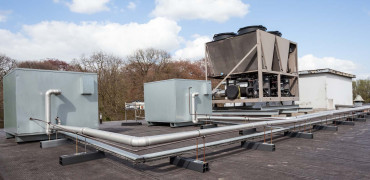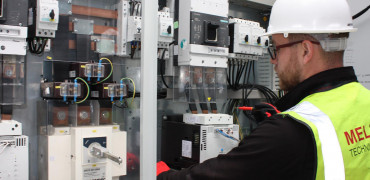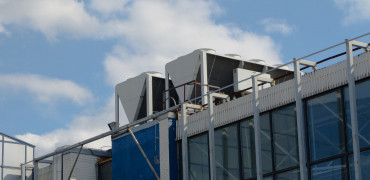The government has been very busy in the past few months, launching several new strategy documents to set out its plans and ideas for achieving Net Zero by 2050.
With the Ten Point Plan, Heat in Buildings Strategy and Future Buildings Standard, it’s easy to miss some important proposals.
One government commitment that seems to have slipped under the radar is the introduction of mandatory in-use performance ratings for non-domestic buildings.
It’s mentioned in the Future Buildings Standard (Section 3.3.8 if you missed it).
The road to a B rating will be challenging for most building owners
Mind the gap
The aim is to tackle what the Standard refers to as the ‘performance gap’.
Most engineers are familiar with this phrase, which refers to the difference between a building’s energy performance at the design stage compared to how it performs after occupation.
That gap can be wide, and results in higher energy use for building owners and occupants, as well as higher carbon emissions relating to the energy production.
The government is consulting on how to close that gap with the introduction of higher standards on in-use energy performance.
It aims to set out a pathway all the way to 2030. Currently, private rented commercial properties must have an Energy Performance Certificate (EPC) of at least an E on construction, sale or lease.
This is known as the Minimum Energy Efficiency Standard (MEES) regulation.
A serious business for business
The government’s preferred track is to raise that minimum to a B rating by 2030.
Although we are only at the consultation phase, property owners are taking this seriously. LandSec recently announced that it is going to invest £135 million to reduce the carbon footprint of its building stock – in part, to stay ahead of that EPC B requirement.
For most businesses, government figures show that 67% of energy consumption Is used to provide heating, ventilation, cooling, hot water and lighting.
There is little variation in those figures across business types. This means that it’s vital not only to design building services systems to be energy efficiency, but also to keep them operating that way for the life of the building.
Service and maintenance are key to keeping equipment such as chillers at optimum efficiency.
The road to a B rating will be challenging for most building owners but setting out a robust service plan for energy-using equipment will be an important early step.
Help is on hand
At Mitsubishi Electric, our service and maintenance experts are already helping clients to examine and monitor the energy use of HVAC systems.
Our remote monitoring services can track equipment performance continuously – spotting irregularities in performance quickly with data analysis tools.
Modern building services equipment such as chillers is designed and built to last, but it needs regular service and maintenance to do so. Left to its own devices, equipment will start to struggle.
Even if it does not develop faults, it can start to use more energy and cost more to run. Service and maintenance experts can prevent this, keeping your building energy use on track and retaining the value of your investment in equipment.
As government targets building energy use with higher standards, it is good to work with a service and maintenance team that understands the challenge and can work with you to ensure your property assets retain their value.
Brian Beetson is National Sales Manager – Service & Maintenance




